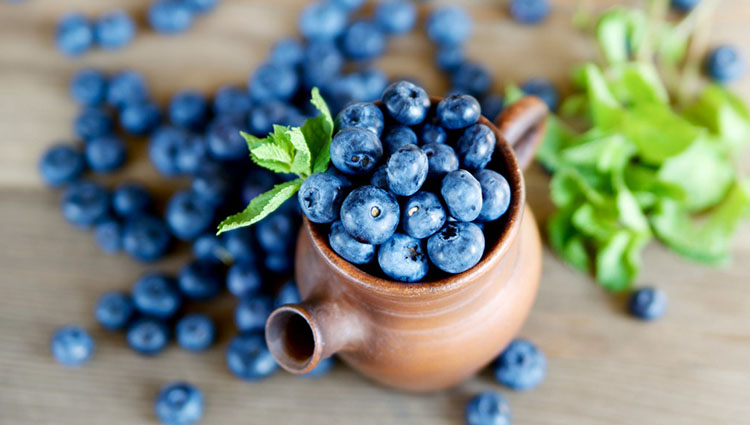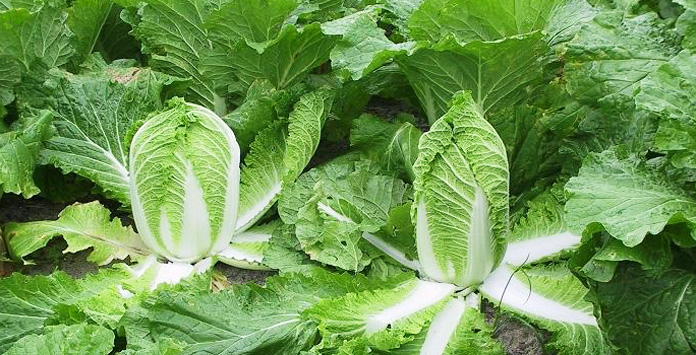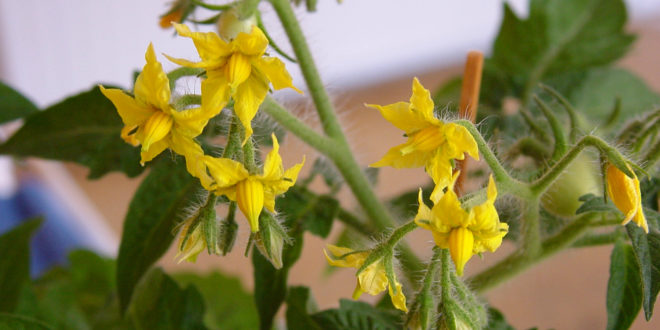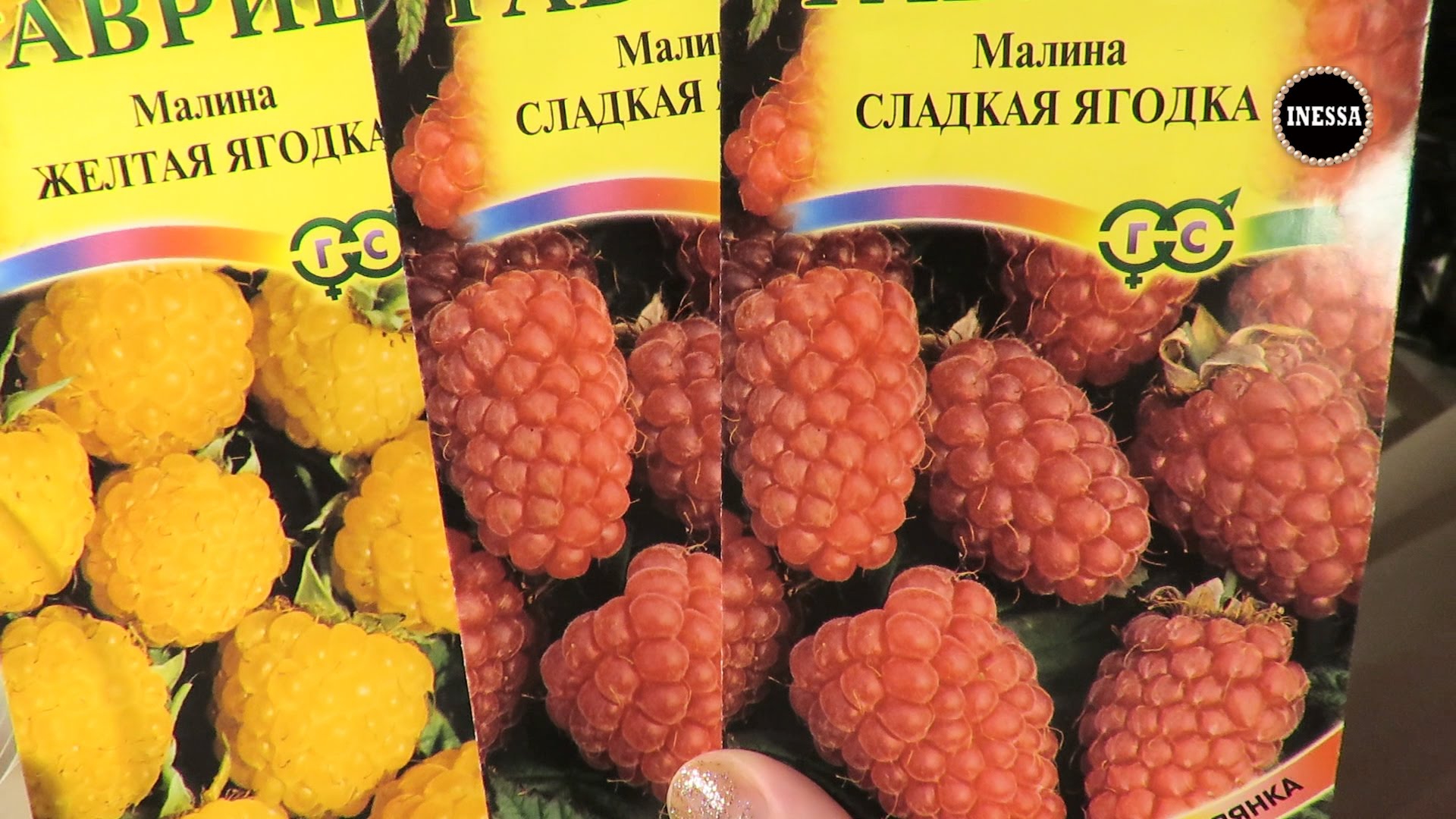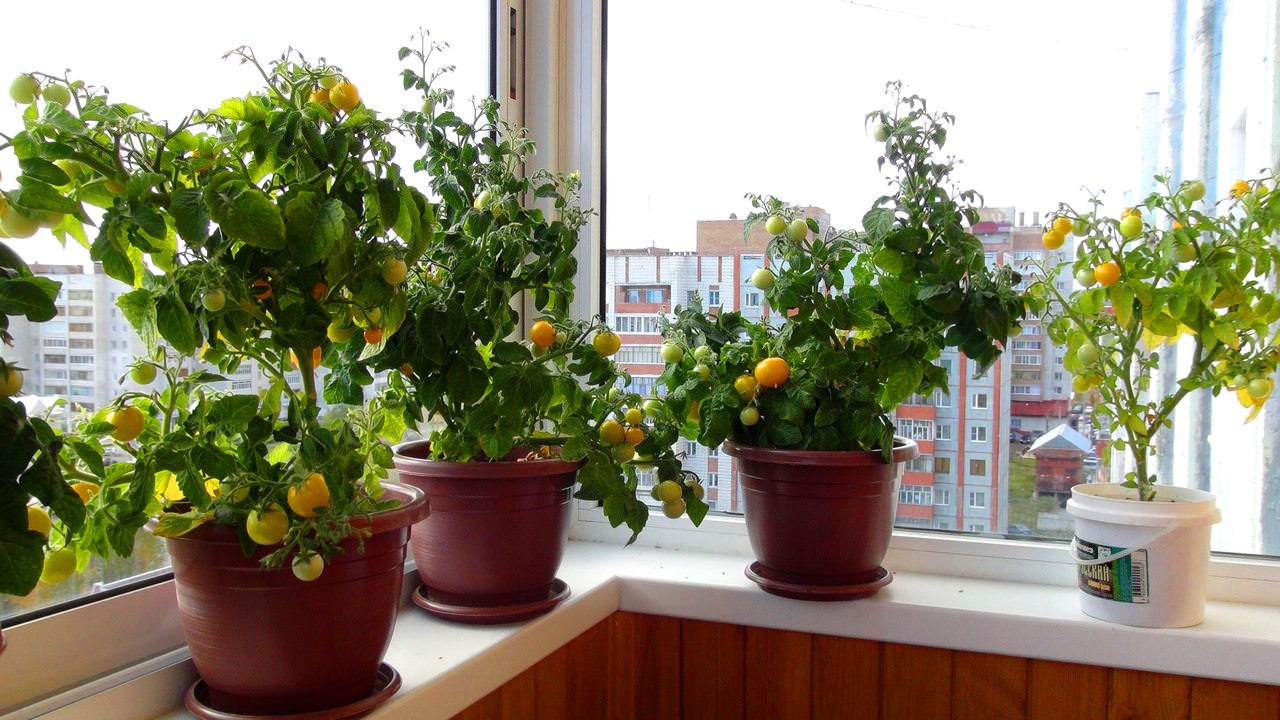Content:
Growing a strong apple tree from a seedling that gives sweet juicy fruits is a long and painstaking process. However, many at least once asked the question: "Is it possible to grow an apple tree from a seed at home?" It so happens that the purchased apples are so liked, and the name of the variety is unknown, in which case the apple seeds are the only sowing material.
In nature, apple trees reproduce with the help of seeds. Yes, and to breed the entire variety of varieties, this method was originally used. Rootstocks grown from seeds tolerate winters well and have a long lifespan.
When talking about planting seeds, it may be thought that it will be enough to bury the seeds in the soil and the apple tree will grow on its own. However, there are some complications. The process of growing an apple tree is long and requires a lot of labor and time, while the grown tree, most likely, will not have those fruits of attractive quality. So how to grow an apple tree from a seed at home?
Site and seed preparation
First you need to choose the right seeds. They should be firm and dark brown evenly. They should not be damaged in any way, so care must be taken when removing them from the apple pulp.
Apple seeds, unlike seeds of any fruit crops, are not capable of independent germination. To do this, you need to follow a simple step-by-step instruction:
- After removing from the pulp of the fruit, they must be thoroughly rinsed in warm water to remove substances that prevent germination. To do this, you can dip the seeds in a glass of water and stir with a wooden stick for 5 minutes;
- Soak the seeds for 3 days, changing the water daily;
- On the third day, add a growth stimulator, for example, "Epin", into the liquid.
The next important step is the hardening of seeds in conditions close to natural. This stage is called stratification:
- It is necessary to prepare a mixture of peat or sawdust with sand;
- Moisten until water protrudes above the surface of the mixture;
- Immerse the seeds in the resulting substrate for 6-7 days.
There are several options for preparing the composition of the mixture for stratification:
- Classic composition of peat and sand in a ratio of 3: 1 in relation to seeds. If natural sand is used, it must first be calcined in a pan for half an hour;
- Moss with sawdust provides optimal moisture and gas exchange;
- Sand and sawdust with the addition of activated carbon will prevent possible mold growth.
Next, a container with swollen seeds must be placed in a refrigerator or cellar at a temperature of 0-7 ℃ for 2-3 months.
When cultivating apple orchards, the monks of the Valaam Monastery planted seeds directly into the ground in late summer and early autumn, so the seeds went through a period of swelling and stratification before the onset of cold weather. And during the winter they hardened, giving confident shoots in the spring.
How to plant a young culture correctly
Before replanting the strongest seedlings in pots with soil, it is necessary to lay a drainage layer of vermiculite, expanded clay or pebbles on the bottom of the container.For planting, use ready-made soil mixtures enriched with mineral elements. If you use land from a garden plot, then it is necessary to add 30 g of superphosphate, 200 g of wood ash, 20 g of potassium sulfate to 10 kg of soil.
Seeds are planted in the ground to a depth of 1.5-2 cm at a distance of 15-20 cm from each other in the aisle, watering abundantly after.
When 4 true leaves appear at seedlings, it is required to thin out and select suitable seedlings. The so-called wild can be recognized by its bright green small leaves and the presence of small thorns - such an apple tree will produce small sour fruits that are not suitable for consumption. Suitable young seedlings are distinguished by symmetrically located buds, a thick stem and no thorns.
The distance between seedlings after thinning should be increased to 6-8 cm between adjacent plants in a row.
During the first 4 years, the seedling must be transplanted 3 times:
- From the seedling container into a separate tall pot for the formation and development of the main root;
- One year after planting, transplant into a larger container. In addition, it is necessary to shorten or bend the central root at an angle;
- After 3-4 years, the young tree needs to be transplanted into open ground to a permanent growing site.
Particular attention should be paid to the selection of a site for transplanting a seedling. Like all members of the genus, young trees do not like to grow in open spaces blown by the winds. When planted near ravines or lowlands, yields will be significantly lower than expected. Therefore, it is necessary to plant an apple tree in a sunny place protected from the winds.
Particular attention is required to be paid to the level of passage of groundwater. Their location is optimal at a level not closer than 1 meter from the soil surface. Otherwise, excess moisture will provoke rotting processes and cause the development of pathogens of fungal diseases.
In the event that the seedling was originally grown in the open field, then it must be transplanted to the main place before the end of the gardening season.
If the seedling was grown as a stock, then in October it must be dug up. Completely remove the foliage and cut the main taproot at a distance of 20 cm from the root collar. Such measures will allow the development of fibrous roots and slow down the growth of the plant. Until the spring inoculation, such a stock must be stored in a cool room, for example, a cellar or basement. The stock is planted in the spring, at the same time you need to graft a stalk or bud, after which a varietal apple tree begins to form.
Do not forget that seedlings, like adult trees, require care and fertilization. Do not use concentrated organic feed in the form of fresh manure or bird droppings, because they can cause burns. In addition, such feeding can provoke bacterial infections that are detrimental to young trees.
The most suitable fertilizers for young apple trees are infusions of humus and potassium-phosphorus fertilizers. For a developing root system, regular watering is required at least once every 7-10 days. A shriveled hard earth crust must not be allowed to form. To avoid its formation, the soil must be loosened regularly.
Tips for growing an apple tree from seed
In order to avoid mistakes, novice gardeners should listen to the advice of experts:
- Replacement of water in germinated seeds is obligatory.In stagnant water, mold will begin to form, making the seeds unsuitable for sowing;
- Only fresh seeds are suitable for stratification. The chances of getting strong seedlings decreases during storage of the seeds;
- When planting seeds, it is important that they do not come into contact with each other. This measure will prevent the transmission of diseases;
- To improve the fitness of seedlings, you can use the soil from the garden plot;
- Observing the leaf blade will help to distinguish wild sprouts from varietal ones. In varietal apple trees, it is larger, grayish-green, pubescent below, with a wavy edge;
- Before planting in open ground, humus, ash and mineral dressings should be added to the planting pit, which will provide the apple tree with nutrients for the first few years;
- For better pollination, it is necessary to grow nearby apple trees of other varieties;
- The ideal age for grafting the rootstock is seedlings 1-2 years old;
- Without shaping, the trunk of an apple tree can outgrow the mark of 8 meters, therefore it is advised to cut the central trunk at a level of 3 meters;
- Michurin's notes noted the fact that if young trees are especially favored by aphids before fruiting, then the fruits will be sweeter in relation to other seedlings.
In conclusion, we can say that the fruit grown from the apple seed will differ from the apple from which the seeds were obtained. An interesting property was noted by I.V. Michurin - apple trees grown from seeds are more frost-resistant than the trees from which they were obtained. Plus, these apple trees have a longer lifespan - up to 80 years. A tree grown from seed can be used to make a neat ornamental plant. The apple tree at home will delight the eye with flowering on the windowsill in the apartment.


